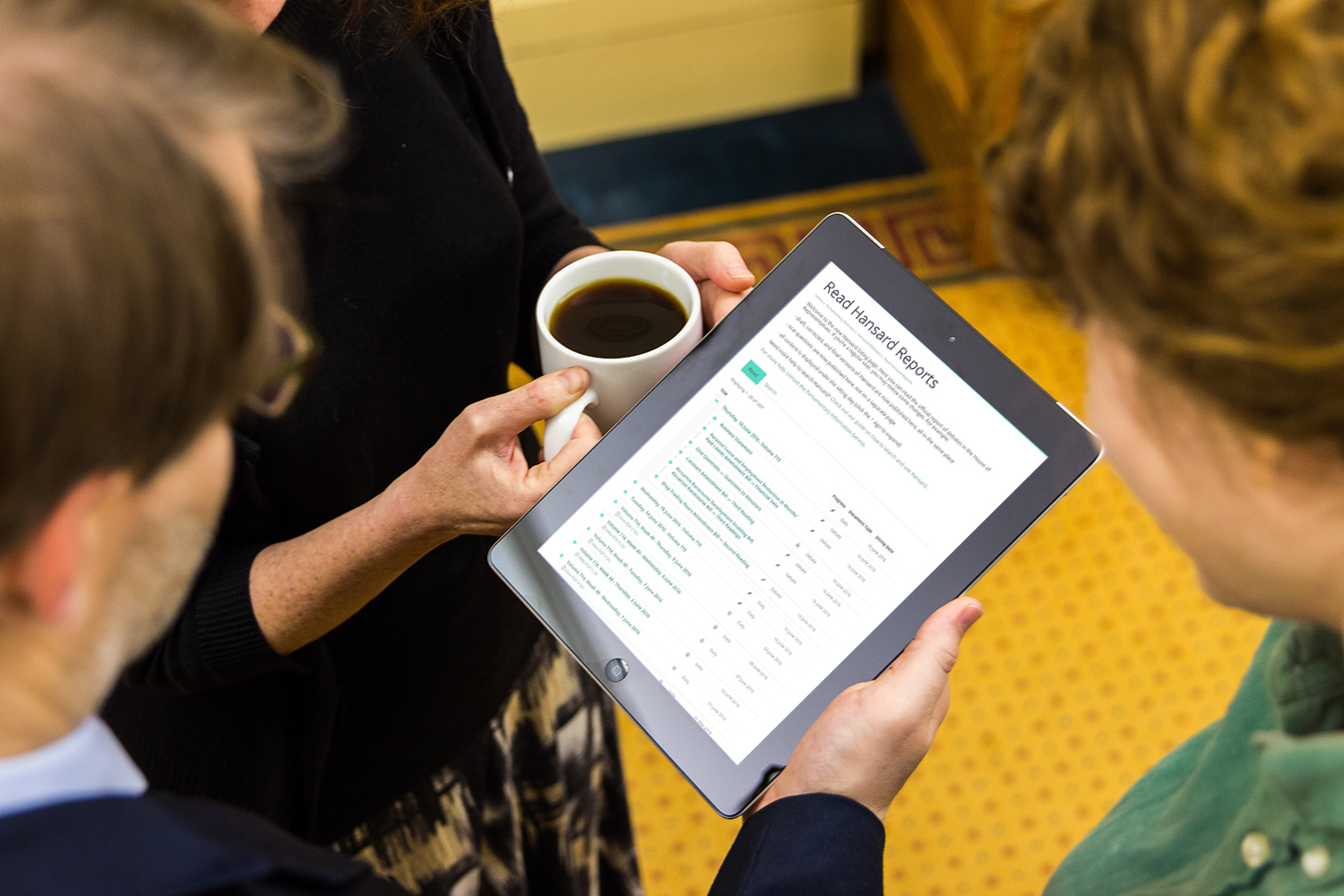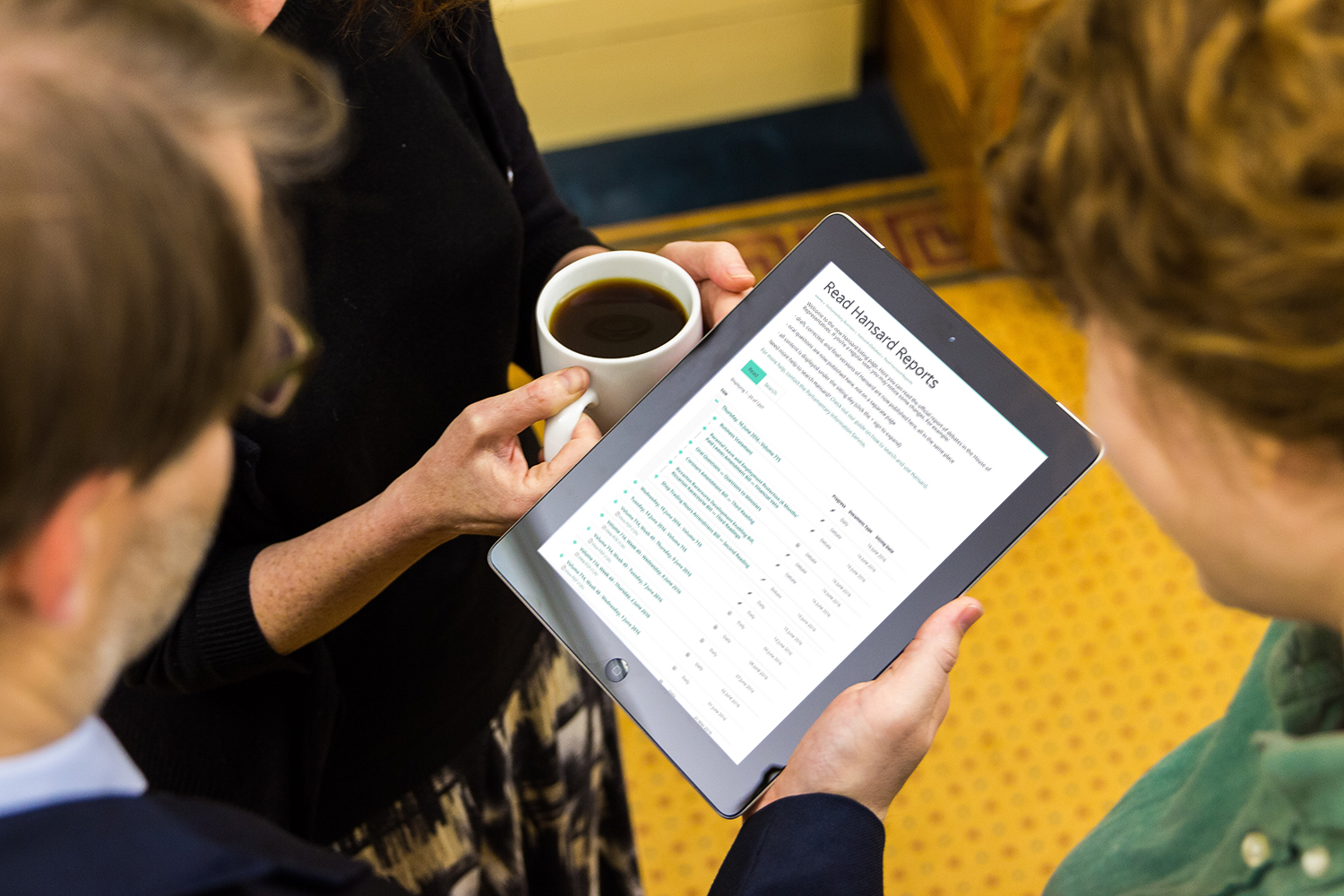Source: NZ Music Month takes to the streets
Budget 2025 will help up to 66,000 more SuperGold Cardholders with their rates payments, Local Government Minister Simon Watts and Seniors Minister Casey Costello announced today.
“It’s a really tough time for many Kiwis right now and this Government is working at pace to grow the economy so we can take some of the financial pressure off households and ease the cost of living,” Mr Watts says.
“We are seeing good progress in our economy with inflation and interest rates coming down, but we want to do more to relieve the financial burden for households, including for older New Zealanders.
“That’s why we’re making changes to the rates rebate scheme for SuperGold cardholders.”
The Government will introduce a new income abatement threshold to assist SuperGold Cardholders from July 1. The income abatement threshold to be eligible for the maximum rebate for SuperGold Cardholders and their households will be lifted from $31,510 to $45,000 – about the rate for a couple receiving superannuation. The maximum rebate for the scheme will also increase from $790 to $805.
“This is the first time we are introducing a separate income abatement threshold to the Rates Rebate Scheme, Seniors Minister Casey Costello says.
“It will mean that every SuperGold Cardholder earning only NZ Superannuation, with rates higher than $2000, will be eligible for the full rebate. SuperGold Cardholders earning more than $45,000 may also be entitled to a smaller rebate.”
“These changes, worth $154 million over four years, will come as a relief to those seniors who are on fixed incomes and are dealing with rates increases.”
The National Party and New Zealand First coalition agreement had a commitment to explore options to build on the Local Government Rates Rebate Scheme for SuperGold cardholders and to maximise the benefits of the SuperGold Card.
“The Rates Rebate Scheme is administered by local councils and provides financial relief for low-income New Zealanders owning their own home,” Mr Watts says.
Ratepayers can apply for the new maximum rebate under the new abatement thresholds after 1 July 2025. Application forms will be available from councils and will also be able to be downloaded from the New Zealand Government website (www.govt.nz) and then submitted to local councils after 1 July 2025.
“If over-65s have questions about eligibility they can contact their council or retirement village operator,” Ms Costello says.

